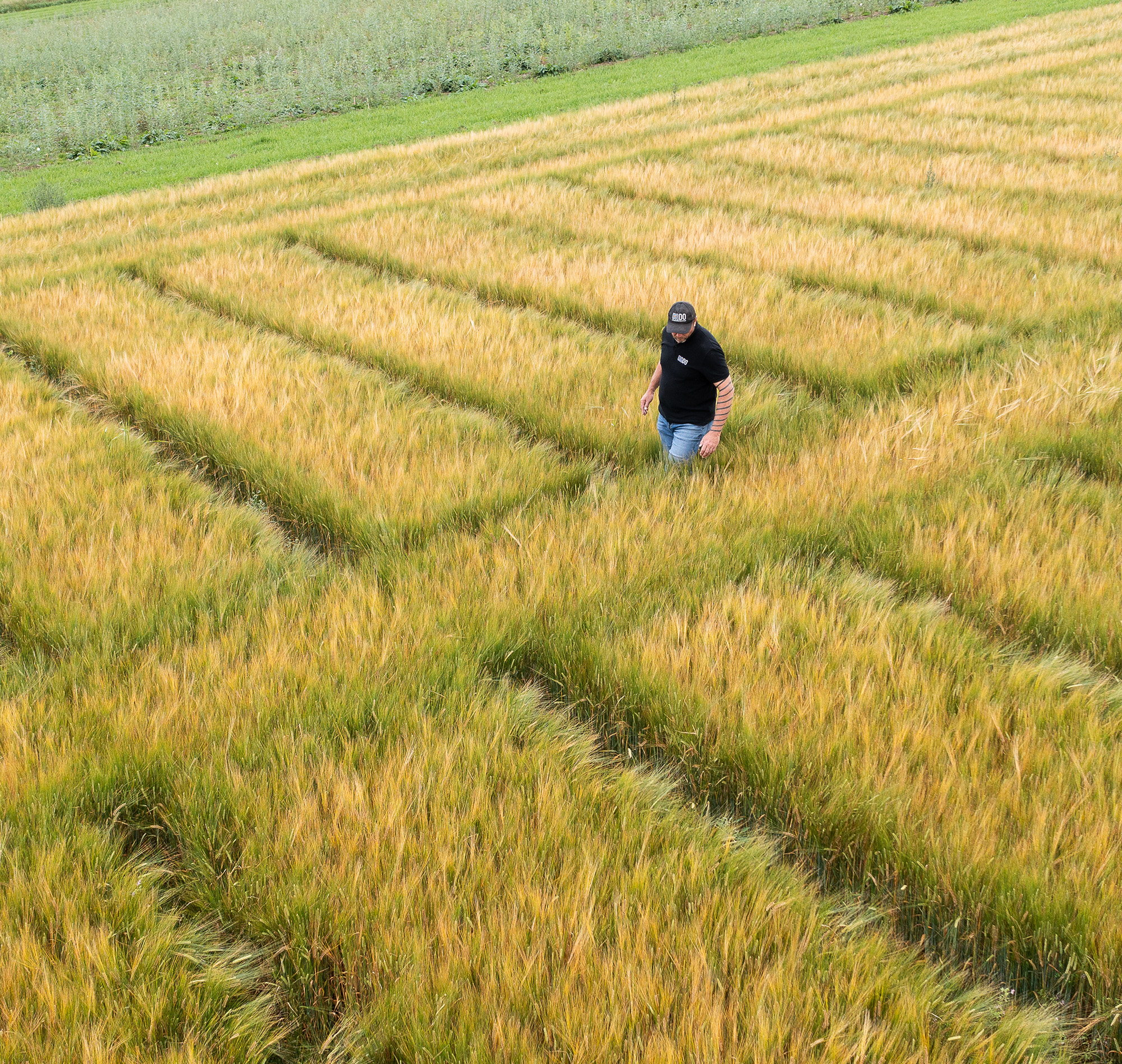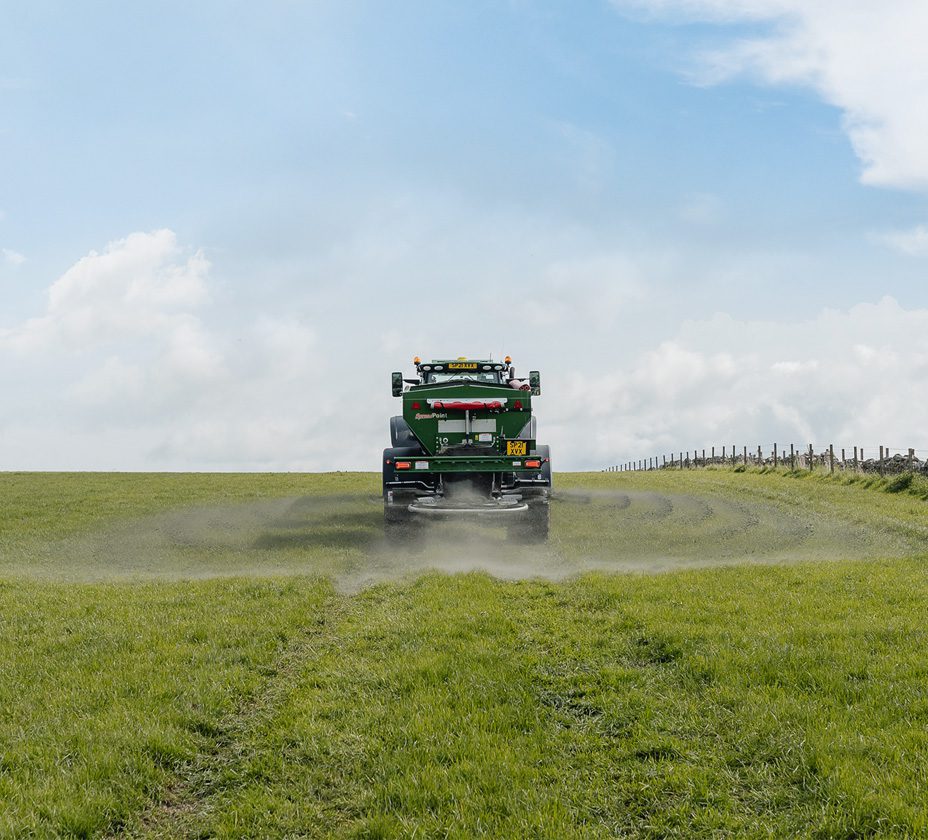Silicon is one of the most abundant elements on Earth, yet it’s often overlooked in farming. While not classified as an essential nutrient, research shows that silicon plays a critical role in plant health, improving crop resilience, and enhancing yields.
Unlike macronutrients like nitrogen, phosphorus, and potassium, silicon isn’t always included in fertilizer programs. However, studies confirm that silicon-rich amendments like wollastonite can strengthen crops, protect against pests and diseases, and improve soil health.
With increasing pressures from extreme weather, soil degradation, and the rising cost of synthetic fertilizers, solutions that build crop resilience and boost long-term soil fertility are more important than ever. Silicon, particularly in the form of calcium silicate minerals like wollastonite, is proving to be a valuable tool in sustainable agriculture.
Silicon’s Role in Plant Growth and Yield Improvement
![]()
Silicon plays a structural and functional role in plants, helping crops grow stronger and more resilient. Research shows that crops like wheat, corn, oats, and cucumbers grown in silicon-enriched soils develop longer roots, higher biomass, and greater resistance to lodging and environmental stress.
Key benefits of silicon in plant growth:
– Stronger stems and leaves – Silicon is deposited in plant cell walls, reinforcing structural integrity and reducing the risk of lodging (where crops fall over due to weak stems).
– More efficient photosynthesis – Silicon-treated plants often have higher chlorophyll levels, leading to improved dry matter accumulation and faster growth.
– Higher yields – Research at Rutgers University found that silicon application increased fruit yield in pumpkins by 18% and grain production in wheat by 10%.
– Better nutrient uptake – Silicon enhances how well plants absorb phosphorus, calcium, and magnesium, improving fertilizer efficiency.
Unlike quick-fix solutions, silicon builds resilience into the plant itself, offering long-term agronomic benefits.
Strengthening Pest and Disease Resistance
One of the biggest advantages of silicon is its ability to increase plant resistance to pests and diseases. Unlike traditional fungicides or pesticides, silicon works from within the plant, reinforcing cell walls and activating natural defence responses.
A study published in the Journal of Phytopathology found that silicon-treated tomato plants had significantly lower levels of Fusarium Crown and Root Rot (FCRR), with healthier root structures and reduced disease severity.
How silicon supports plant defence:
– Suppresses fungal infections – Studies show silicon reduces diseases like powdery mildew, Fusarium, and rice blast, as silicon strengthens plant tissues.
– Activates plant immunity – Silicon enhances the production of phytoalexins and phenolic compounds, which help crops fight bacterial and fungal pathogens.
– Reduces insect damage – A 2016 study in Frontiers in Plant Science found that silicon-treated crops had higher resistance to thrips, aphids, and other herbivores due to tougher plant tissues.
– Encourages natural pest control – Silicon increases the release of plant volatiles that attract predatory insects, helping to control pest populations naturally.
Rather than acting as a direct pesticide, silicon enhances plant resilience, making crops less vulnerable to stressors over multiple growing seasons.
Drought Resistance and Water Retention Benefits
With unpredictable weather patterns and increasing drought risks, improving water efficiency is a major focus in agriculture. Silicon has been shown to reduce water loss, improve root growth, and enhance overall drought resilience.
A University of Toronto study found that silicon application increased water use efficiency in sorghum, improving root hydraulic conductivity, stomatal regulation, and leaf water content.
Other research highlights that silicon:
– Reduces oxidative stress in drought conditions, allowing plants to maintain metabolic function even under extreme heat.
– Improves root penetration into deeper soil layers, enabling crops to access subsoil moisture during dry periods.
– Enhances nutrient uptake in low-moisture conditions, ensuring crops continue to absorb nitrogen, potassium, and calcium even when water is scarce.
In effect, silicon helps crops use water more efficiently, improving both survival rates and productivity in challenging conditions.
Which Crops Benefit the Most from Silicon?
![]()
Not all crops respond to silicon in the same way, but scientific trials have demonstrated major agronomic benefits across a wide range of crops, particularly those vulnerable to lodging, disease, or drought stress.
– Wheat – Increases root and shoot growth, strengthens stalks, and reduces powdery mildew susceptibility.
– Corn – Improves stalk strength, making crops more resistant to wind damage and lodging.
– Rice – Strengthens cell walls, reduces disease incidence, and enhances grain quality.
– Oats & Barley – Improves grain filling and reduces lodging.
– Cucumbers, Pumpkins & Tomatoes – Silicon applications have been linked to fewer fungal infections, stronger stems, and reduced pest damage.
As research expands, more crops are showing measurable yield improvements and stress tolerance when silicon is present in the soil.
How Wollastonite Provides a Readily Available Source of Silicon
![]()
While silicon exists naturally in soil, much of it is locked in minerals that plants cannot absorb directly. Wollastonite, a naturally occurring calcium silicate mineral, provides a plant-available form of silicon, making it an effective soil amendment.
– Wollastonite breaks down over 1–2 years, keeping soil enriched long-term.
– Provides additional calcium, which is crucial for cell wall strength and soil health.
– Wollastonite accelerates enhanced rock weathering (ERW), helping to remove CO₂ from the atmosphere while improving soil fertility.
Unlike quick-release fertilizers, wollastonite provides a sustained source of nutrients, benefiting both crops and soil over multiple growing seasons.
How to Get Started with Wollastonite on Your Farm with UNDO

Through UNDO’s partnership with Canadian Wollastonite, eligible farmers in Ontario can access wollastonite with 100% of material costs covered. Farmers only pay for trucking.
1. Eligibility Check – Farmers within 150 km of Seeley’s Bay with soil pH levels between 6-7 are ideal candidates. However, there may be occasions where we can extend beyond this range so do get in touch with the team.
2. Agree Spreading Area – A minimum of 80 tonnes (covering 20-40 acres) is preferred. Application rates typically range from 2-4 tonnes per acre.
3. Material Supply and Spreading – Canadian Wollastonite supplies and spreads wollastonite for free, with farmers only covering trucking costs.
4. Long-Term Soil Benefits – Farmers see stronger crops, healthier soils, and reduced reliance on synthetic inputs over multiple growing seasons.
Maximizing Yield and Sustainability with Silicon-Rich Wollastonite
![]()
Decades of research confirm that silicon strengthens plants, enhances disease resistance, and improves drought tolerance. Farmers using wollastonite have reported:
– Stronger, more resilient crops
– Higher yields and improved nutrient uptake
– Less reliance on synthetic fertilizers
– Increased resistance to pests, disease, and drought
With UNDO’s subsidized program, Ontario farmers can access this cost-effective, science-backed solution at a significantly reduced cost.

Want to learn more?
Research continues to highlight the role of silicon in agriculture. Explore the latest studies or speak to our team about how wollastonite can support your farm.


 " />
" />